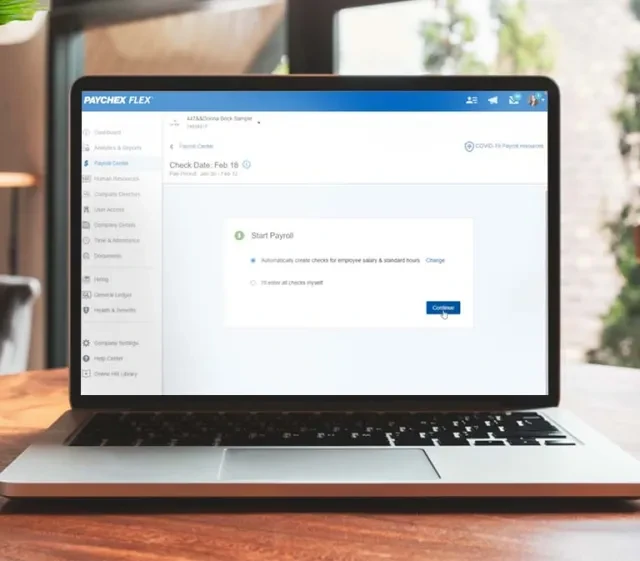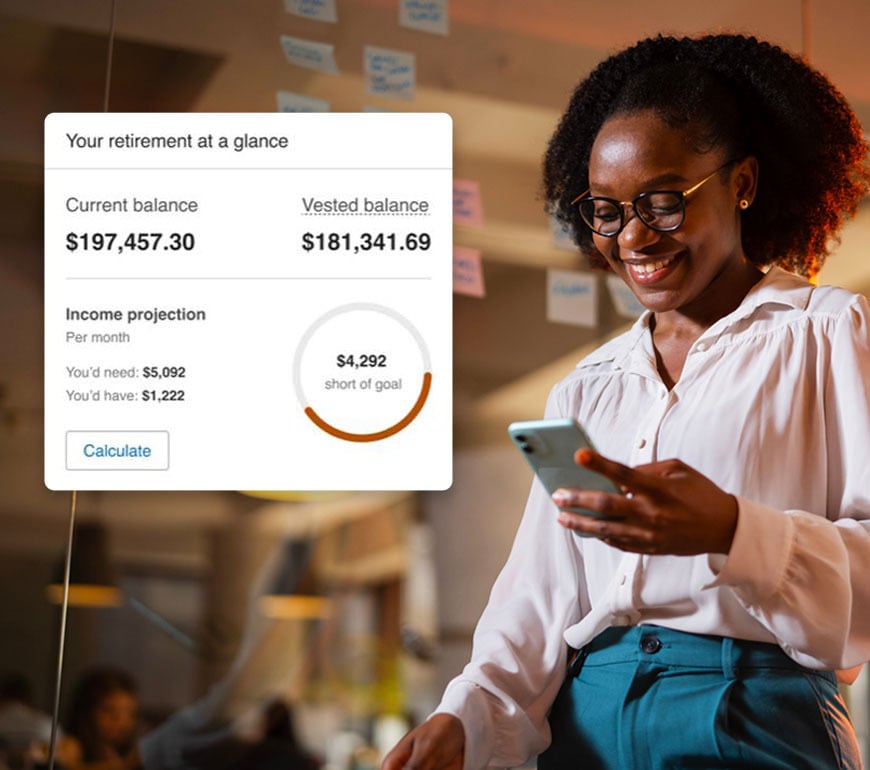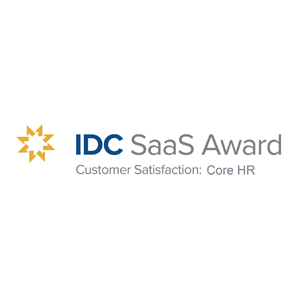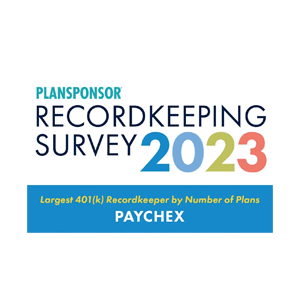Servicios de RR. HH. y nómina de Paychex en Ohio
Las empresas de Ohio confían en Paychex para la subcontratación de servicios confiables y personalizados de nómina y RR. HH. para ayudarlas a alcanzar su máximo potencial y ganancias.
Solicitar una cotización gratis
Servicios de Paychex para empresas de Ohio
Servicios de nómina simplificados
- Opciones escalables para crecer contigo
- Información de cumplimiento para ayudarlo a mantenerse a la vanguardia de los cambios
- Cálculos y pagos automáticos de impuestos sobre la nómina

Asistencia especializada de su asesor en RR. HH.
Contar con un socio confiable simplifica la función de RR. HH. Ofrecemos acceso a profesionales de RR. HH. especializados y con experiencia para brindar a su negocio en Ohio la atención y y asistencia que merece.

Seguro empresarial integral**
- Más de 20 años de experiencia.
- Más de 150 000 clientes en los Estados Unidos
- Amplia variedad de opciones, desde seguro de responsabilidad cibernética hasta seguro de propiedad

Simplifique la gestión de los planes de jubilación
Los propietarios de negocios a menudo creen que no pueden ofrecer un plan 401(k). Le ayudaremos a encontrar un plan que apoye las metas de jubilación de sus empleados y que le proporcione ahorros fiscales.

Una sola plataforma que integra recursos humanos, nómina y beneficios
Desde nuevas empresas hasta compañías grandes, Paychex Flex® satisface las necesidades de cualquier negocio. Nuestro software integra tecnología y asistencia en una sola plataforma y se adapta conforme su negocio crece, lo que permite flexibilidad.
Comuníquese con un asesor de nómina y recursos humanos de Paychex
¿Necesita más razones para trabajar con Paychex?
- Amplio conocimiento de las leyes y reglamentos federales y estatales de Ohio
- Tecnología fácil de usar para ayudar a mejorar la productividad
- Más de 50 años de experiencia en la industria ayudando a guiar a las empresas

Servicio cómodo
Paychex ayuda a las empresas de Ohio a ahorrar tiempo y aprovechar su experiencia con soluciones que van desde el seguimiento del tiempo de autoservicio hasta la administración integral del capital humano y asistencia sobre beneficios.
¿Necesita ayuda? Estamos aquí para ayudar.

Encuentre la solución adecuada para su negocio
Paychex ofrece soluciones innovadoras y asequibles, así como asistencia de expertos para ayudarlo a hacer que su negocio de Ohio prospere, todo adaptado a sus necesidades actuales y futuras.
¿Cuántos empleados tiene?
Paychex es la opción inteligente para los servicios de nómina y recursos humanos en Ohio
- Ganadora de numerosos premios por su excelencia e innovación en tecnología de RR. HH. y nómina
- Soporte flexible cuando y donde lo necesite.
- Expertos en la industria de RR. HH. desde 1971

Recursos adicionales para las empresas de Ohio
Soluciones de nómina para empresas de todos los tamaños
Paychex está lista para hacer que su negocio de Ohio prospere con sus soluciones asequibles e innovadoras y la asistencia de expertos. Nos adaptamos a sus necesidades. Escuche por qué nuestros clientes eligieron Paychex.
“Para mi negocio y para mí, Paychex es alguien en quien puedo confiar para asegurarme de que cada persona reciba sus pagos a tiempo”.

"Cuando comencé, mi esposa solía ocuparse de mi nómina, pero no siempre funcionaba porque yo estaba demasiado ocupado, ella también estaba demasiado ocupada... entonces su hermano, que es contador público certificado, me sugirió utilizar Paychex. Utilizar el servicio de nómina de Paychex hace que mi vida sea mucho más fácil".

“Cuando adquirimos una nueva comunidad, la continuidad en los miembros del equipo es muy importante para las personas residentes, por lo que es esencial que nos aseguremos de que estos miembros del equipo estén inscritos en un sistema de nómina, reciban sus beneficios, tengan su 401(k)”.
“Tenemos una gran cantidad de empleados que trabajan a distancia hoy en día y Paychex Flex® realmente les permite entrar en cualquier momento para revisar su nómina y sus contribuciones, consultar todo y asegurarse de que todo sea correcto”.









